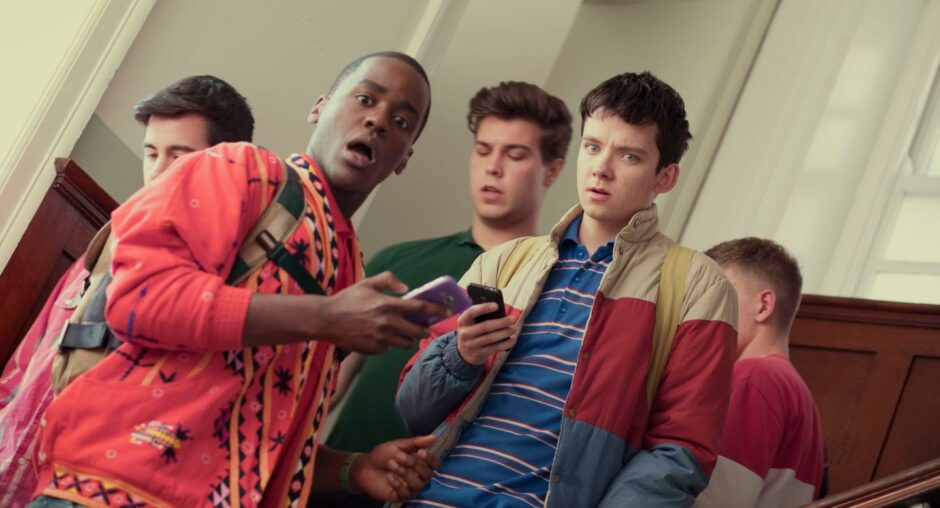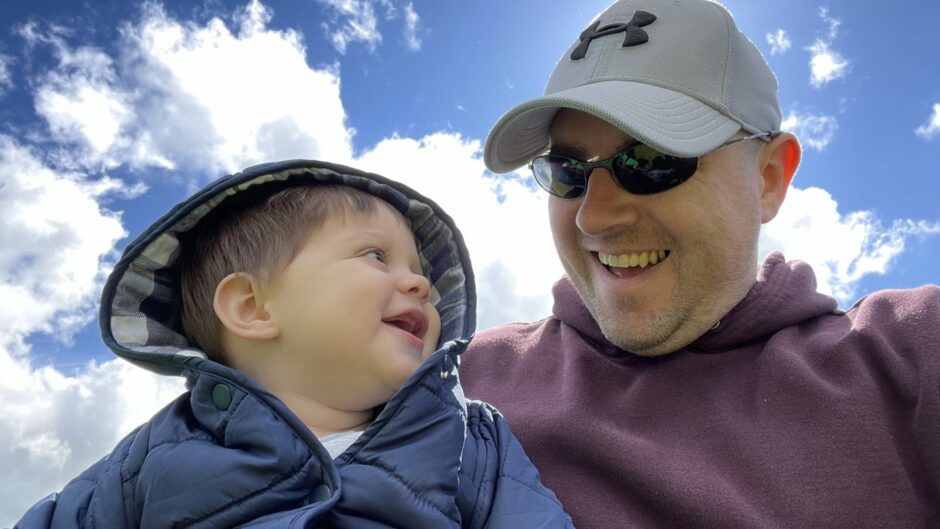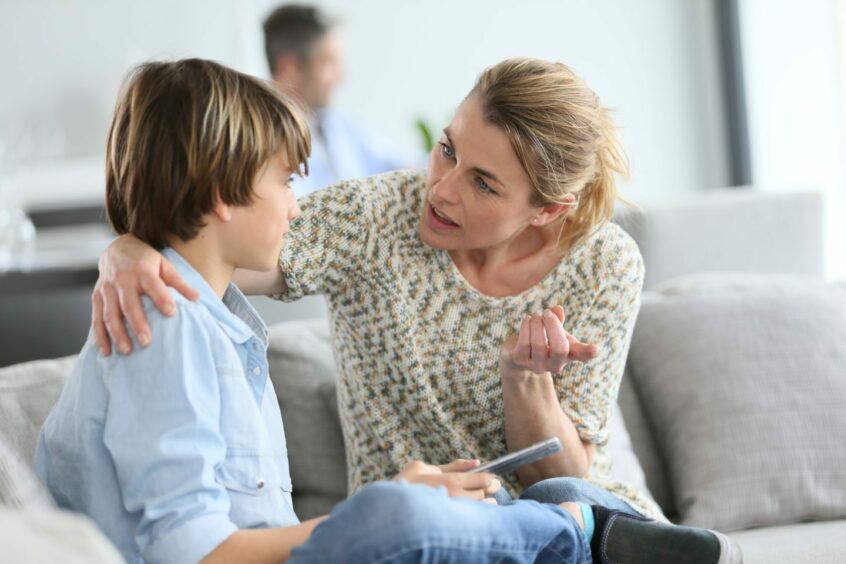I’m 13 years old, my cheeks bright red as the equally uncomfortable teacher slides a condom on to a banana.
The girls are kept behind for a chat about periods, which barely covers anything bar the basics.
We are left in no doubt. Sex is bad, and genital warts are rife.
I am now 30 and have a little boy of my own.
I feel an even greater responsibility in raising a boy, but as he grows up there is one element I feel powerless to police.
Porn.
Or more specifically, the extreme nature of porn, which seems to be accepted online as commonplace.
How do we prevent our children from modelling sexual expectations based on what they’ve viewed online?
I’ve spoken with fellow parents, one of whom chose to stay anonymous, alongside Doctor David S Smith, of Robert Gordon University (RGU), who believes nuanced conversation is preferable to stigma.
We need to challenge the culture of ‘not my child’
For one anonymous Aberdeenshire mum of two – let’s call her Jackie – porn is finding its way into primary schools.
Even small rural schools, such as the one which Jackie’s son and daughter attend.
Her daughter, who is only 11 years old, has already experienced a crude sexual comment directed at her from a male pupil in the classroom.
“I spoke to the head teacher who was horrified,” says Jackie.
“But it wasn’t the first time that sexual chat had come from a particular child.
“I know from speaking to other mums, that children accessing porn has almost become accepted by some parents.
“An attitude of it’s just the world we live in.
“To me, we are robbing children of their innocence.
“I think as our children progress into secondary school, porn needs to come into the sex ed curriculum somehow.”
“Both boys and girls are being scarred by over exposure and the wrong experiences – it looks like a horrific future.
“The culture of ‘not my child’ also needs to stop, it’s of no help to bury your head in the sand.”
‘It’s unrealistic to assume that teens aren’t watching porn’
For Dr David S Smith, lecturer in psychology at RGU, the conversation surrounding porn is complex.
He is in agreement with Jackie concerning the inclusion of porn in sex education, and the conversations surrounding it.
“I think there’s definitely a potential problem; some research shows that porn can create unrealistic expectations of performance, and what does and doesn’t constitute as safe sex alongside consent,” he said.
“Evidence shows a link between watching porn over longer periods, and sexist attitudes particularly with younger men.
“We don’t really know whether these people already had the attitude within themselves though.”
With the majority of youngsters now owning a smart phone, access to adult material has never been easier in comparison to even a decade ago.
“Porn could be that first indirect sexual experience, and I think that’s why we need to be talking to youngsters about different types of porn,” said Dr Smith.
“It’s unrealistic to assume that teens aren’t using porn, you need to adapt your education to the sort of resources people have.
“Teach them about it, the good and the bad.
“This isn’t about stigmatising, there needs to be a nuanced discussion.”
‘Education is the silver bullet here’
For stay-at-home dad Andi Ramsay, who lives with his wife and two young sons in Ellon, sex education starts at home.
He believes that knowledge is the way forward, and would like to see an appropriate level of sex education taught at nursery
“Education is the silver bullet here, and it needs to be thorough, factual and delivered by someone who genuinely understands what they’re explaining,” he said.
“There is no age that is too early to learn how to live life.
“Sex education is misconceived as teaching the mechanics of heteronormative intercourse when it should and could be about health, mental health, care and consideration for others, healthy relationships, anatomy, safety, self-worth, body positivity, and so much more.
“I’d love to see sex and relationships taught by people who aren’t embarrassed or ashamed of healthy, normal human behaviour.”
As for porn, Andi has been influenced by Sophia Smith-Galer, the author of Losing It, which has been dubbed as sex education for the 21st Century.
“Proper understanding of consequences is the only way kids will ever make good choices,” he said.
“Our kids and teens need to know everything they can about sex, sexuality, gender, consent and healthy relationships in order to make choices that fit their individual beliefs.”
Let’s talk about sex
Sex education is a public health intervention delivered and designed by school and education colleagues.
A spokesperson for NHS Grampian said: “Our Children and Adolescent Mental Health Service (CAMHS) has not seen a rise in patients as a result of exposure to online pornography but accepts there are a number of unknowns in terms of any cause and effect.
“Websites including the UK Safer Internet Centre and Cyber Safe Scotland are helpful for parents and carers seeking advice on promoting online safety with their children.
“There are various ways you can restrict access to inappropriate content on different devices.
“The most important thing is to chat with children and young people regularly about what they’re accessing online, the dangers and how to protect themselves.”







Conversation